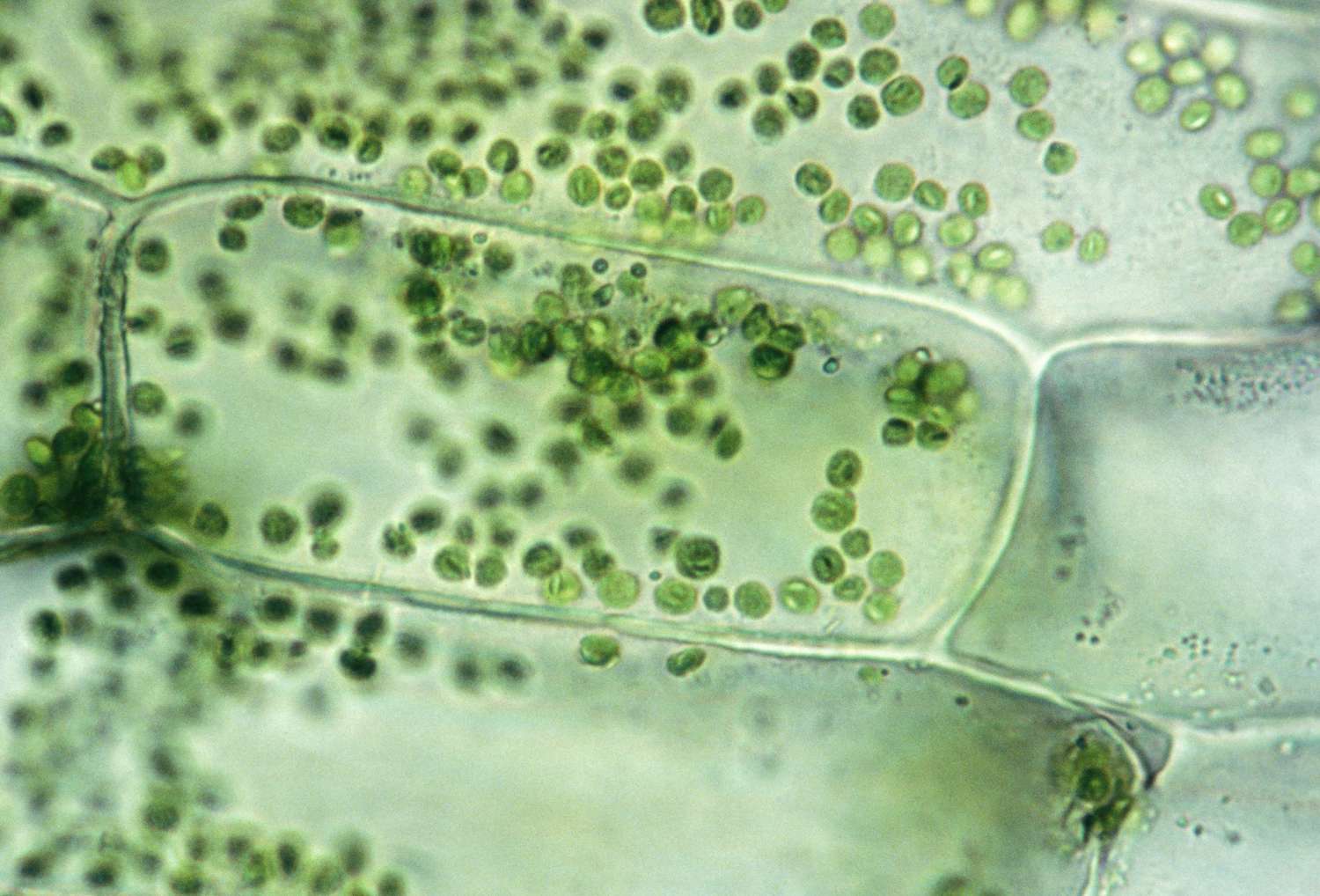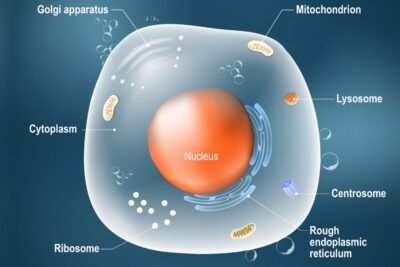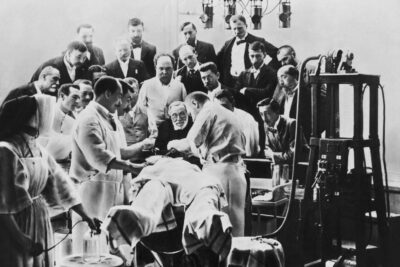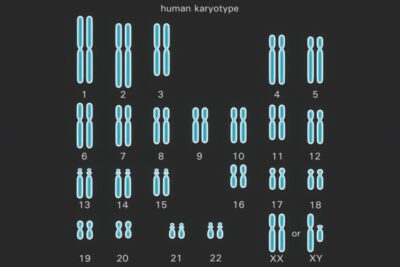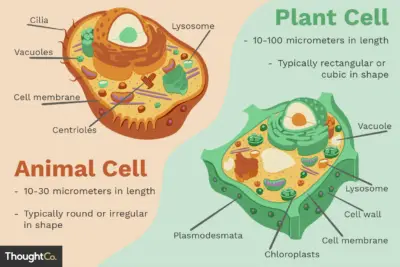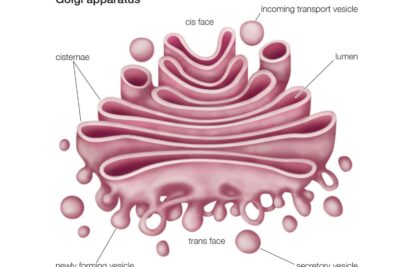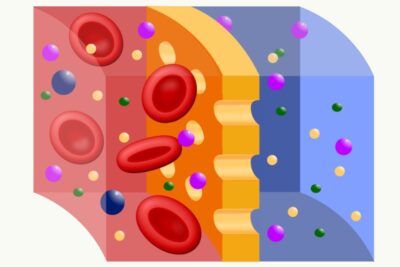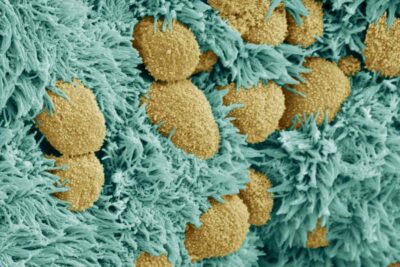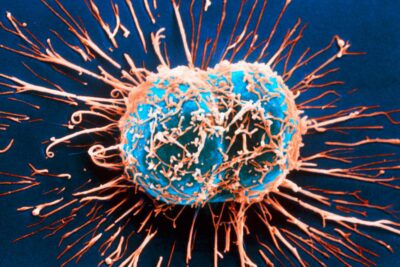
Plant cells are eukaryotic cells or cells with a membrane-bound nucleus. Unlike prokaryotic cells, the DNA in a plant cell is housed within a nucleus that is enveloped by a membrane. In addition to having a nucleus, plant cells also contain other membrane-bound organelles (tiny cellular structures) that carry out specific functions necessary for normal cellular operation. Organelles have a wide range of responsibilities that include everything from producing hormones and enzymes to providing energy for a plant cell.
Plant cells are similar to animal cells in that they are both eukaryotic cells and have similar organelles. However, there are a number of differences between plant and animal cells. Plant cells are generally larger than animal cells. While animal cells come in various sizes and tend to have irregular shapes, plant cells are more similar in size and are typically rectangular or cube shaped. A plant cell also contains structures not found in an animal cell. Some of these include a cell wall, a large vacuole, and plastids. Plastids, such as chloroplasts, assist in storing and harvesting needed substances for the plant. Animal cells also contain structures such as centrioles, lysosomes, and cilia and flagella that are not typically found in plant cells.
Lectura relacionada:
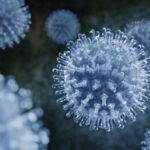 7 Datos Sobre Los Virus
7 Datos Sobre Los VirusPlant Cell Organelles
The Golgi Apparatus Model.
David Gunn / Getty Images
The following are examples of structures and organelles that can be found in typical plant cells:
- Cell (Plasma) Membrane: This thin, semi-permeable membrane surrounds the cytoplasm of a cell, enclosing its contents.
- Cell Wall: This rigid outer covering of the cell protects the plant cell and gives it shape.
- Chloroplast: Chloroplasts are the sites of photosynthesis in a plant cell. They contain chlorophyll, a green pigment that absorbs energy from sunlight.
- Cytoplasm: The gel-like substance within the cell membrane is known as cytoplasm. It contains water, enzymes, salts, organelles, and various organic molecules.
- Cytoskeleton: This network of fibers throughout the cytoplasm helps the cell maintain its shape and gives support to the cell.
- Endoplasmic Reticulum (ER): The ER is an extensive network of membranes composed of both regions with ribosomes (rough ER) and regions without ribosomes (smooth ER). The ER synthesizes proteins and lipids.
- Golgi Complex: This organelle is responsible for manufacturing, storing and shipping certain cellular products including proteins.
- Microtubules: These hollow rods function primarily to help support and shape the cell. They are important for chromosome movement in mitosis and meiosis, as well as cytosol movement within a cell.
- Mitochondria: Mitochondria generate energy for the cell by converting glucose (produced by photosynthesis) and oxygen to ATP. This process is known as respiration.
- Nucleus: The nucleus is a membrane-bound structure that contains the cell's hereditary information (DNA).
- Nucleolus: This structure within the nucleus helps in the synthesis of ribosomes.
- Nucleopore: These tiny holes within the nuclear membrane allow nucleic acids and proteins to move into and out of the nucleus.
- Peroxisomes: Peroxisomes are tiny, single membrane bound structures that contain enzymes which produce hydrogen peroxide as a by-product. These structures are involved in plant processes such as photorespiration.
- Plasmodesmata: These pores or channels are found between plant cell walls and allow molecules and communication signals to pass between individual plant cells.
- Ribosomes: Consisting of RNA and proteins, ribosomes are responsible for protein assembly. They can be found either attached to the rough ER or free in the cytoplasm.
- Vacuole: This plant cell organelle provides support for and participates in a variety of cellular functions including storage, detoxification, protection, and growth. When a plant cell matures, it typically contains one large liquid-filled vacuole.
Plant Cell Types
This is a typical dicotyledon stem (Buttercup). At center is an oval vascular bundle embedded in parenchyma cells (yellow) of the cortex of the stem. Some parenchyma cells contain chloroplasts (green).
POWER AND SYRED/SCIENCE PHOTO LIBRARY/Getty Images
As a plant matures, its cells become specialized in order to perform certain functions necessary for survival. Some plant cells synthesize and store organic products, while others help to transport nutrients throughout the plant. Some examples of specialized plant cell types and tissues include: parenchyma cells, collenchyma cells, sclerenchyma cells, xylem, and phloem.
Lectura relacionada: Prefijos y Sufijos de Biología: ana-
Prefijos y Sufijos de Biología: ana-
Parenchyma Cells
This image shows starch grains (green) in the parenchyma of a Clematis sp. plant. Starch is synthesized from the carbohydrate sucrose, a sugar produced by the plant during photosynthesis, and used as a source of energy. It is stored as grains in structures called amyloplasts (yellow).
STEVE GSCHMEISSNER/Science Photo Library/Getty Images
Parenchyma cells are usually depicted as the typical plant cell because they are not as specialized as other cells. Parenchyma cells have thin walls and are found in dermal, ground, and vascular tissue systems. These cells help to synthesize and store organic products in the plant. The middle tissue layer of leaves (mesophyll) is composed of parenchyma cells, and it is this layer that contains plant chloroplasts.
Chloroplasts are plant organelles that are responsible for photosynthesis and most of the plant's metabolism takes place in parenchyma cells. Excess nutrients, often in the form of starch grains, are also stored in these cells. Parenchyma cells are not only found in plant leaves, but in the outer and inner layers of stems and roots as well. They are located between xylem and phloem and assist in the exchange of water, minerals, and nutrients. Parenchyma cells are the main components of plant ground tissue and the soft tissue of fruits.
Lectura relacionada: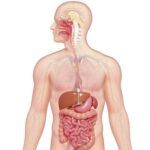 Explicación del Sistema Digestivo: Órganos y Digestión
Explicación del Sistema Digestivo: Órganos y Digestión
Collenchyma Cells
These plant collenchyma cells form supporting tissue.
Credit: Ed Reschke/Getty Images
Collenchyma cells have a support function in plants, particularly in young plants. These cells help to support plants, while not restraining growth. Collenchyma cells are elongated in shape and have thick primary cell walls composed of the carbohydrate polymers cellulose and pectin.
Due to their lack of secondary cell walls and the absence of a hardening agent in their primary cell walls, collenchyma cells can provide structural support for tissues while maintaining flexibility. They are able to stretch along with a plant as it grows. Collenchyma cells are found in the cortex (layer between the epidermis and vascular tissue) of stems and along leaf veins.
Sclerenchyma Cells
This images shows sclerenchyma at vascular bundles of a sunflower stem.
Ed Reschke/Photolibrary/Getty Images
Sclerenchyma cells also have a support function in plants, but unlike collenchyma cells, they have a hardening agent in their cell walls and are much more rigid. These cells have thick secondary cell walls and are non-living once matured. There are two types of sclerenchyma cells: sclereids and fibers.
Sclerids have varied sizes and shapes, and most of the volume of these cells is taken up by the cell wall. Sclerids are very hard and form the hard outer shell of nuts and seeds. Fibers are elongated, slender cells that are strand-like in appearance. Fibers are strong and flexible and are found in stems, roots, fruit walls, and leaf vascular bundles.
Conducting Cells - Xylem and Phloem
The center of this stem is filled with large xylem vessels for transporting water and mineral nutrients from the roots to the main body of the plant. Five bundles of phloem tissue (pale green) serve to distribute carbohydrate and plant hormones around the plant.
Steve Gschmeissner/Science Photo Library/Getty Images
Water conducting cells of xylem have a support function in plants. Xylem has a hardening agent in the tissue that makes it rigid and capable of functioning in structural support and transportation. The main function of xylem is to transport water throughout the plant. Two types of narrow, elongated cells compose xylem: tracheids and vessel elements. Tracheids have hardened secondary cell walls and function in water conduction. Vessel elements resemble open-ended tubes that are arranged end to end allowing water to flow within the tubes. Gymnosperms and seedless vascular plants contain tracheids, while angiosperms contain both tracheids and vessel members.
Vascular plants also have another type of conducting tissue called phloem. Sieve tube elements are the conducting cells of phloem. They transport organic nutrients, such as glucose, throughout the plant. The cells of sieve tube elements have few organelles allowing for easier passage of nutrients. Since sieve tube elements lack organelles, such as ribosomes and vacuoles, specialized parenchyma cells, called companion cells, must carry out metabolic functions for sieve tube elements. Phloem also contains sclerenchyma cells that provide structural support by increasing rigidity and flexibility.
Sources
- Sengbusch, Peter v. “Supporting Tissues - Vascular Tissues.” Botany online: Supporting Tissues - Conducting Tissues, www1.biologie.uni-hamburg.de/b-online/e06/06.htm.
- The Editors of Encyclopædia Britannica. “Parenchyma.” Encyclopædia Britannica, Encyclopædia Britannica, inc., 23 Jan. 2018, www.britannica.com/science/parenchyma-plant-tissue.

